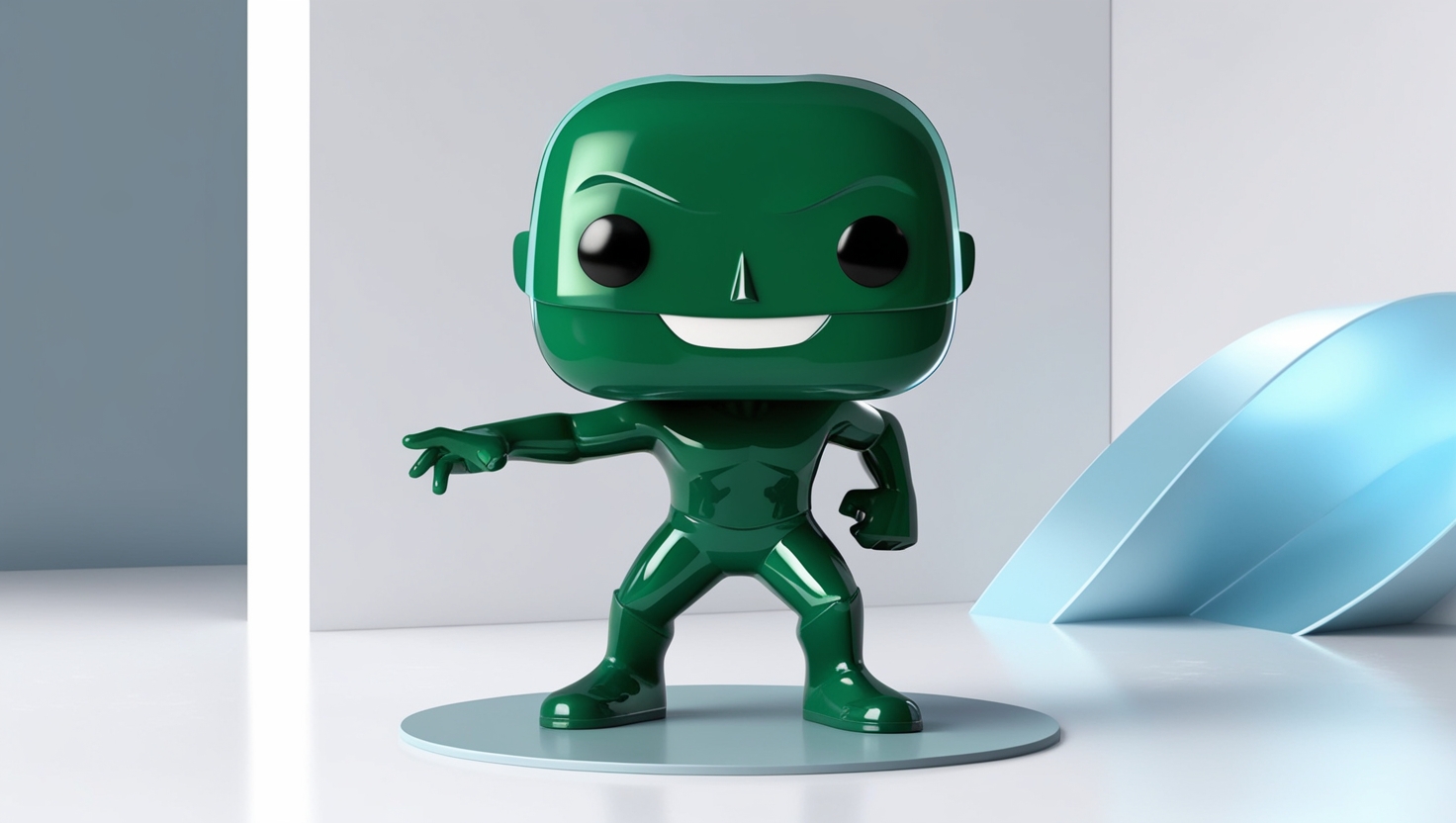Every great design begins with a solid foundation—a blueprint that sets the stage for creativity and functionality to come together. That blueprint is known as the design brief. It’s not just a document; it’s the beating heart of any successful design project, guiding every decision and ensuring that all stakeholders are aligned from the get-go. Whether you’re designing a website, crafting a brand identity, or developing a product, the design brief is the roadmap that helps translate ideas into impactful, tangible results. But what exactly is a design brief, and how do you go about crafting one that truly speaks to your project’s needs?
What Is a Design Brief?
A design brief is a concise, well-structured document that outlines the scope, objectives, and key requirements of a design project. It serves as a communication tool between the client and the designer (or design team), laying out the project’s goals, target audience, budget, timeline, and other essential details. Think of it as a mutual agreement—ensuring both parties are on the same page before any creative work begins.
While it should provide enough structure to guide the project, it must also leave room for creative freedom. Too rigid, and it stifles innovation; too vague, and it leads to confusion and misaligned expectations. Striking the right balance is key.
Key Components of a Design Brief
When creating a design brief, several elements should be included to ensure it is effective:
Project Overview: This is a broad description of what the project is about. It might include background information on the company, product, or service, as well as the overall purpose of the design.
Objectives: Clearly define what you want the design to achieve. Are you aiming to increase brand awareness? Boost conversions? Launch a new product? The more specific, the better.
Target Audience: Understanding who the design is for is critical. Outline demographic and psychographic details about your target audience—age, gender, interests, behaviors, and so on.
Budget and Timeline: Specify the project’s financial limits and deadlines. This helps the designer prioritize tasks and manage resources efficiently.
Deliverables: What exactly will the designer need to produce? Whether it’s a website mockup, logo variations, or social media banners, clarify what’s expected at the end of the project.
Style Preferences: Any specific design preferences should be mentioned here. This could include inspiration from existing designs, preferred colors, fonts, or overall style (e.g., minimalist, modern, vintage).
Competitor Analysis: It’s helpful to provide examples of competitors or similar businesses and how their design approaches work (or don’t). This can guide the designer in creating something unique that stands out in the market.
Call to Action (CTA): The design brief should clarify what action the audience should take after interacting with the design. Is the goal to encourage users to subscribe, buy, or engage?
Stakeholders and Decision Makers: Identify the key people who will be involved in giving feedback and making final decisions. This reduces back-and-forth confusion during the design process.
Tone and Messaging: This outlines how the brand should “sound” visually and through text. Is the brand playful and fun, or serious and professional?
How to Create a Design Brief: Step-by-Step
Now that we understand the key components, here’s a step-by-step guide to creating a compelling design brief:
1. Collaborate Early
Start by sitting down with your team, clients, or stakeholders to discuss the core aspects of the project. Ask questions that reveal the project’s true purpose and vision. This conversation is crucial for extracting clear, actionable goals.
2. Define Objectives with Precision
Vague goals like “make the website look nice” won’t cut it. Break down the specific problems the design needs to solve and the results you’re hoping to achieve. Use measurable objectives, such as “increase website conversions by 20% in six months.”
3. Understand the Audience
Dig deep into who will be interacting with the design. The more you understand their preferences, habits, and pain points, the more tailored and impactful your design will be.
4. Research and Analyze the Competition
Look at what competitors are doing—both the good and the bad. Identify areas where your design can differentiate itself. Use this competitive analysis to fuel innovation while avoiding common industry clichés.
5. Outline Constraints and Requirements
Make sure to establish the boundaries of the project—both creative and practical. This includes budget limitations, technical constraints, and deadlines.
6. Incorporate Visual Inspiration
Encourage stakeholders to share visuals that align with the brand’s vision. This can be existing designs, images, or even mood boards. It’s important to have a shared understanding of the aesthetic direction.
7. Keep It Clear and Concise
While it’s tempting to add every single detail to your brief, focus on clarity and brevity. Too much information can be overwhelming and lead to misinterpretation.
8. Review and Refine
Once the brief is drafted, review it with all key stakeholders and refine it as necessary. Ensure that it’s aligned with everyone’s expectations before moving forward with the design process.
Conclusion: Your Creative North Star
A design brief isn’t just a document—it’s your creative north star, a compass guiding your project toward success. When crafted with care and clarity, it acts as a unifying force between the visionaries and the creators, turning abstract ideas into concrete, actionable designs. It bridges the gap between strategy and creativity, ensuring that both stay in harmony throughout the project. So, take the time to write a design brief that inspires, directs, and empowers your team to deliver the best possible result. In the end, it’s the difference between a project that merely “works” and one that truly thrives.








